A look at the future of mobile energy storage
每个人都在谈论电池技术,而2019年诺贝尔化学奖甚至又授予电池研究。移动能源存储已经为所有生命领域提供了新的机会 - 从手机到电动车辆甚至医疗应用。因此,让我们快速通过锂离子技术的快速发展,看看即将到来的趋势,并询问培训师是否真的需要灯光。
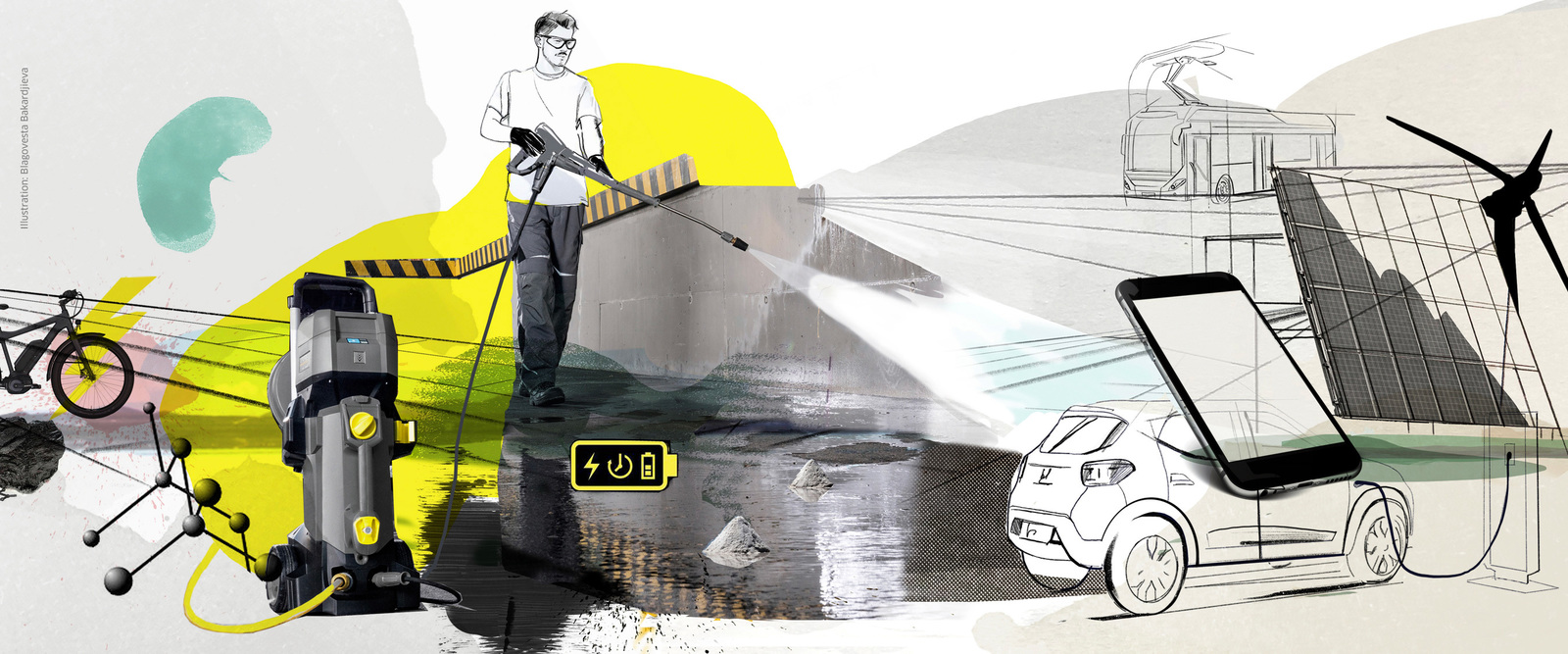
全球研究成功故事:
锂离子电池的胜利
在整个历史中,技术都突然出现了对人类生命产生深远的影响 - 锂离子电池是其中之一。这项技术的初始驱动程序来自20世纪70年代的电子娱乐设备,当搜索开始替代步行者等中使用的一次性电池等。很快认识到,锂离子电池具有很大的潜力,因为它们是能量密集,尺寸紧凑,并且不容易受到记忆效果。虽然存在问题:它们在细胞内部具有高度易燃并且容易出现短路。科学家必须解决这些问题,并且在一定程度上,他们仍然这样做。在John B Goodenogh(USA),M Stanley Whittingham(英国)和Akira Yoshino(日本)的研究形式,他们获得了决定性的突破,他们收到了2019年诺贝尔化学奖。第一个可充电的锂离子电池于1983年制造,并于1991年由索尼推出到市场。从那时起,他们一直不可阻挡,正如统计数据所承担的那样:2019年全球市场价值约。€400亿欧元。预计将增加到2022亿欧元。
From music to mobility to industrial cleaning:
batteries improve systems in all kinds of places.
Consider your mobile phone, digital camera, laptop or torch: barely any electronic gadget exists that is not run on lithium-ion batteries these days. This technology is lighter, smaller and provides a higher capacity and performance than standard nickel-cadmium or nickel–metal hydride batteries. This is a significant factor for practical devices such as power tools, gardening equipment, vacuum cleaners and the like – in both domestic and commercial environments. Electromobility is another hot topic. Lithium-ion batteries can be interconnected, meaning several can be connected together to form a power pack. This technique is used in all kinds of vehicles, from electric bikes, electric scooters and Segways to hybrid and electric cars and buses. Even in photovoltaics, lithium-ion batteries have proven themselves useful for energy storage due to their compact size, long life and lack of maintenance requirements. A domestic lifespan of 6,000 cycles is standard, adding up to about 20 years – roughly the same as a photovoltaic system.
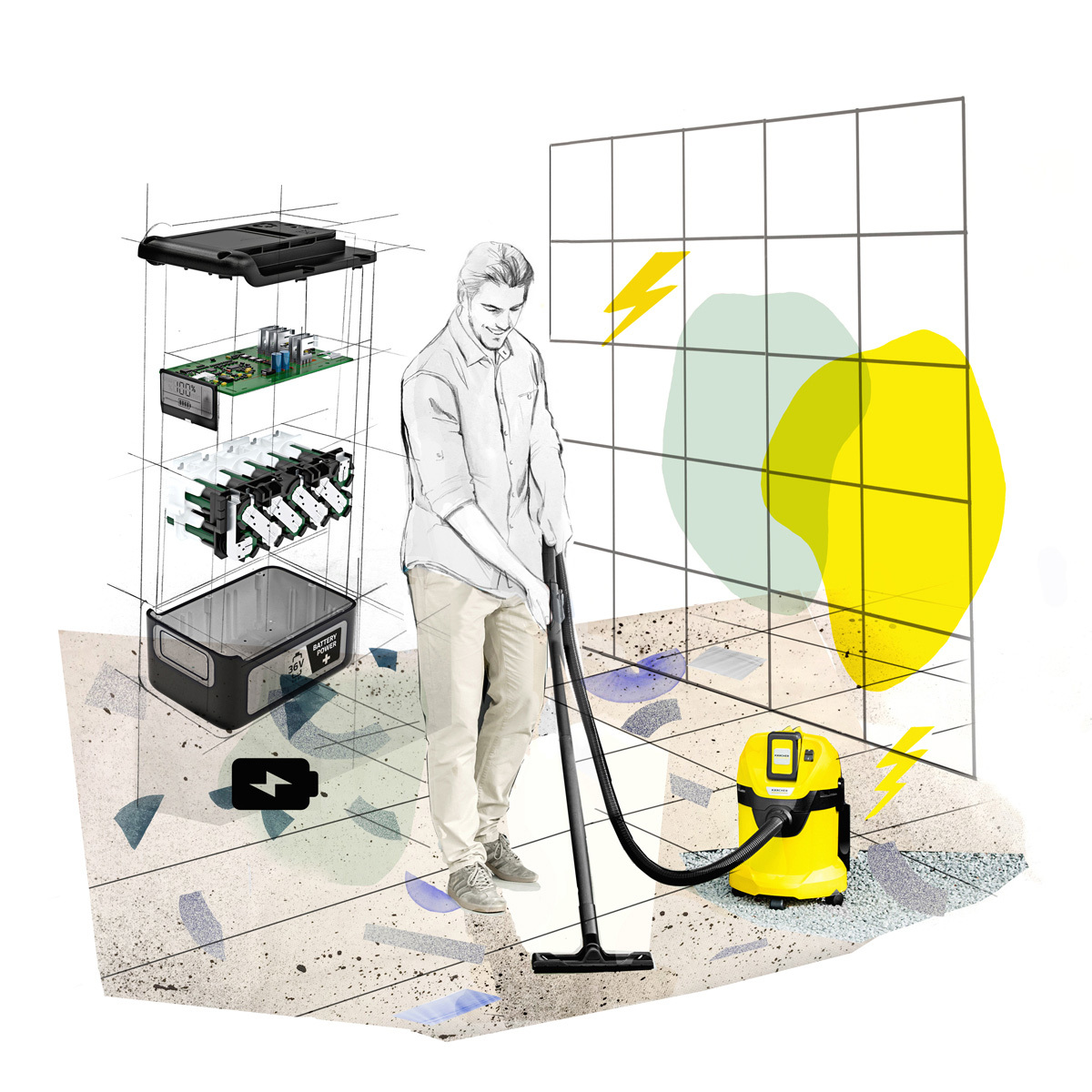
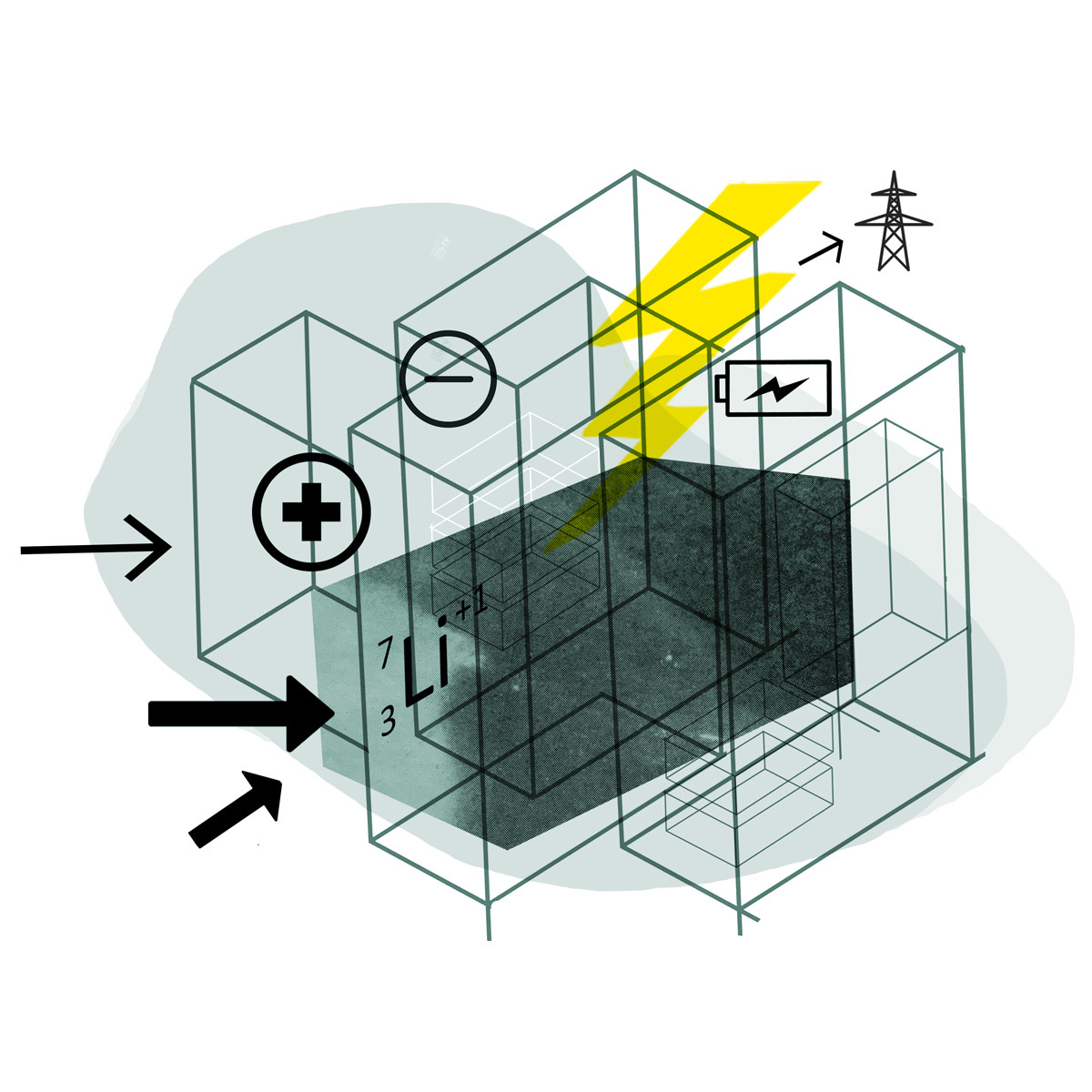
Today: lithium ions. Tomorrow…?
Where are we heading?
Lithium-ion technology is everywhere these days and has made sustainable solutions possible in some areas. It would be hard to replace. However, electromobility is one driver that is increasing the demand for energy storage so dramatically that this technology will probably not be able to meet that demand on its own. Not to mention issues like higher performance and shorter charging cycles, which may be better tackled using other technologies, even though there is still some potential for development in lithiumion cells. Finally, the availability of the raw materials – primarily cobalt and lithium – will become problematic in the medium term.
The search for alternatives is therefore well underway. One option is the solid-state electrolyte battery, which contains no fluids, just a solid-state electrolyte as the electrical conductor. It is expected to achieve a range of at least 500 km for electric vehicles and charge in just minutes. Current research is focusing on materials and manufacturing techniques. Another option is the magnesium battery, which is expected to be more powerful, cheaper and safer than current lithium-ion batteries. Not to mention that magnesium is a thousand times more common than lithium as a raw material. And it is easier to recycle.
我们到处都需要电池吗?
可持续性和回收选择。
从可持续发展的角度来看,有优点and cons to lithium-ion technology. On the one hand, it is used for purposes such as electric vehicles and energy storage for power from photovoltaic systems – key steps towards a more environmentally friendly future. On the other, batteries are currently being used with very few restrictions – even trainers and jumpers have lights now and straws are decorated with LEDs! This runs contrary to our progress towards a responsible use of resources. Recycling is a further issue as current methods are insufficient to deal with the high number of vehicle batteries out there.
据预测,钴和其他材料很快就会供不应求,因此解决方案在作品中。例如,热熔熔丝可用于回收钴,镍和铜。另一种方法是将高度易燃电池放入氮气氛中。剩下的材料是碎片,我们可以从中回收石墨,锰,镍和钴。然后可以通过从划痕的新电池的制造得低40%的碳足迹再现电池。主题有许多其他变化,但目标是相同的 - 节约能量并重复使用最大的原材料比例。
第二寿命方案具有不同的方法,使用旧电池进行固定储能。电动汽车中的电池不再表现得足够好,以满足八八年或九年后的范围要求,因此它们必须更换 - 但它们仍然工作。因此,各种汽车制造商打算使用这些电池,在大型固定式能量储存中将充电能力降低。
电池技术有很多事情,进入未来的旅程将是一件事:令人兴奋。
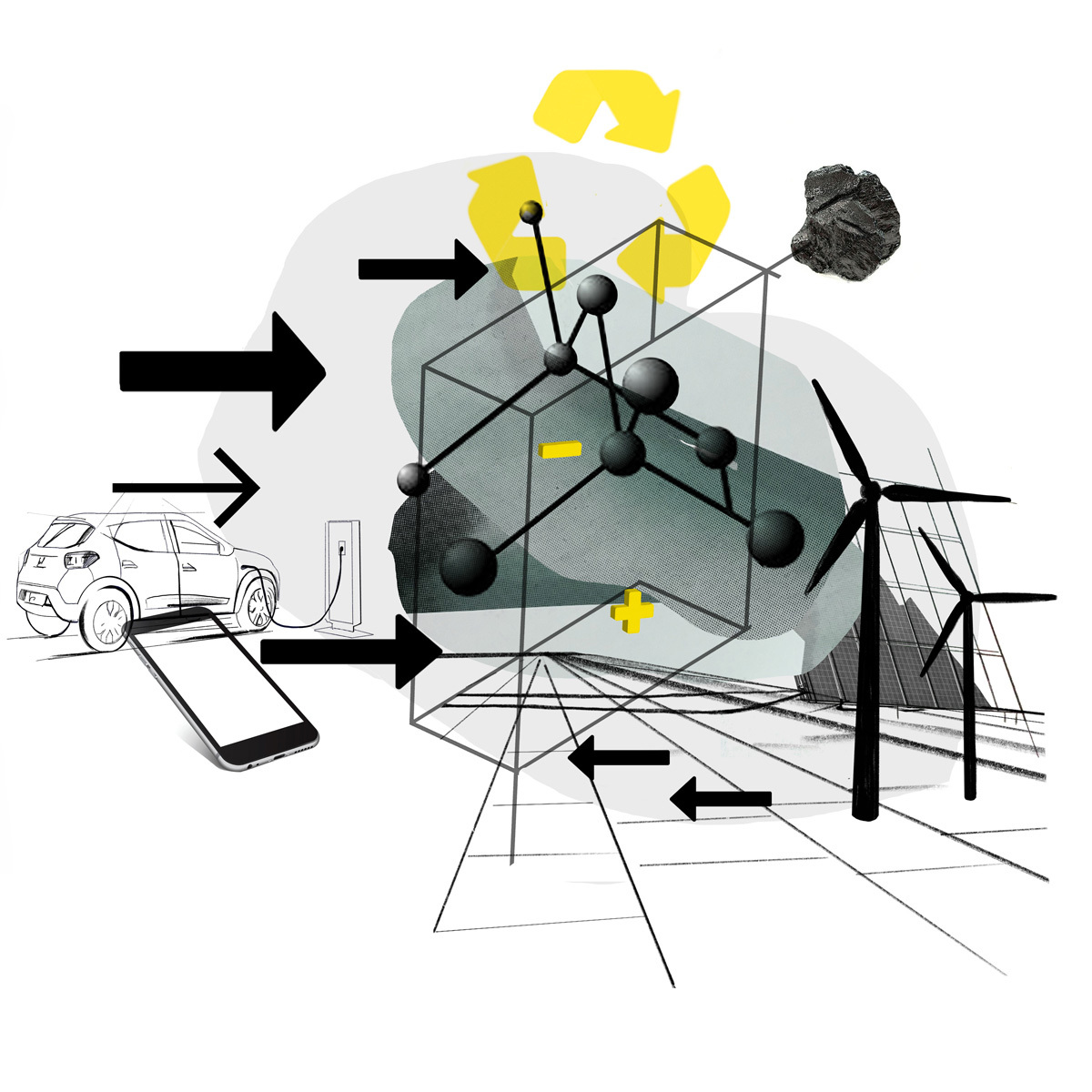

KÄRCHER AND BATTERY TECHNOLOGY:
Jan Becker博士的四个问题,我们的模块中心能源存储系统经理
When did Kärcher first bring battery-powered devices to market?
We have had products with batteries in our portfolio for over 30 years – and they offer all of the usual advantages. We have always asked ourselves where their application makes the most sense for our customers and how to approach the technical challenges.
借助Kärcher电池宇宙,您现在正在推出两个新的电池平台。开发这些焦点是什么?
There were several important factors to keep in mind – including increased performance and run time, and an accurate display showing charging time and remaining run time down to the minute. We have 18 V and 36 V batteries available with different capacities. All batteries in a voltage class fit every device.
什么产品将可用?
In the Home & Garden range, the new battery products have been on the market since spring 2019. The range includes medium-pressure washers, wet and dry vacuums and various gardening tools. Our Professional range will be launched in 2020 and includes wet and dry vacuums, as well as professional tools to maintain green spaces. And we are the first company in the world to launch a battery-powered high-pressure cleaner for commercial use.
Lithium-ion batteries will still be around for a while, but the next technologies are already in the starting blocks. What is Kärcher’s response?
Our platforms are designed so that we can easily fit new cell technologies into our interface. That is an important way that we can offer our customers future-proof solutions.


您也可能对。。。有兴趣:
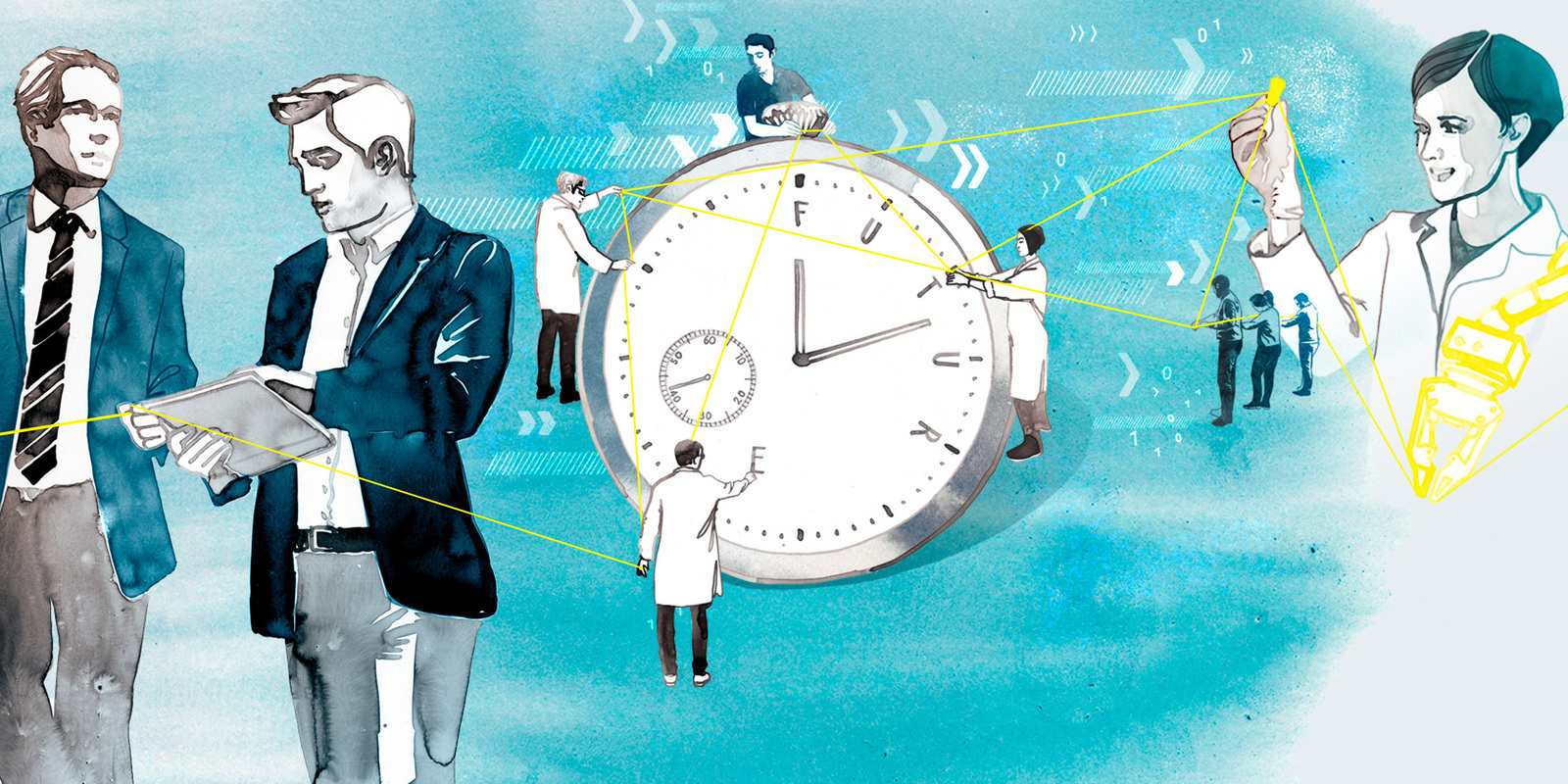
Everything is connected
Digitalisation, artificial intelligence and robotics: technology mega trends are driving huge disruption to the world of manufacturing across the planet. Humans, machines and processes are becoming ever more closely interwoven as we strive to improve productivity. Nobody knows exactly where we are heading – but the journey is certainly an exciting one!
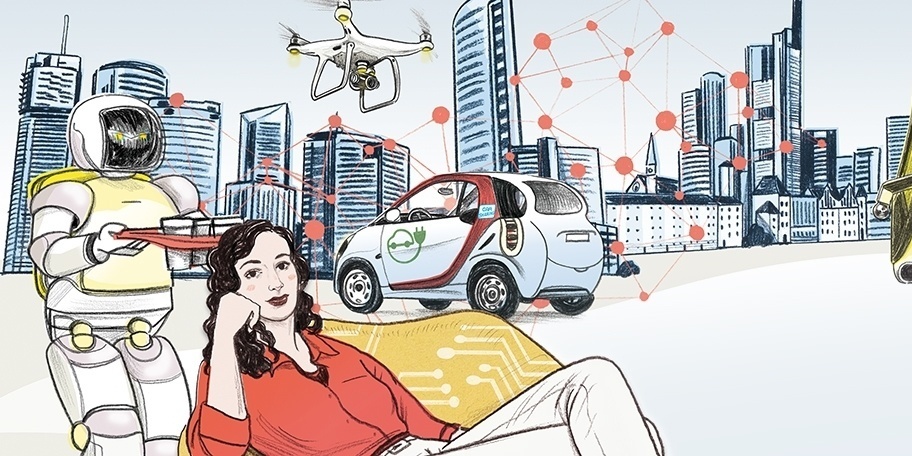
No more cleaning ever again?
Robot vacuum cleaners have long since become a modern-day reality and networked cleaning systems are becoming established in the building service contractor market. But how will it continue? Customers are cost-conscious, and cleaning is not normally something to become emotional about.
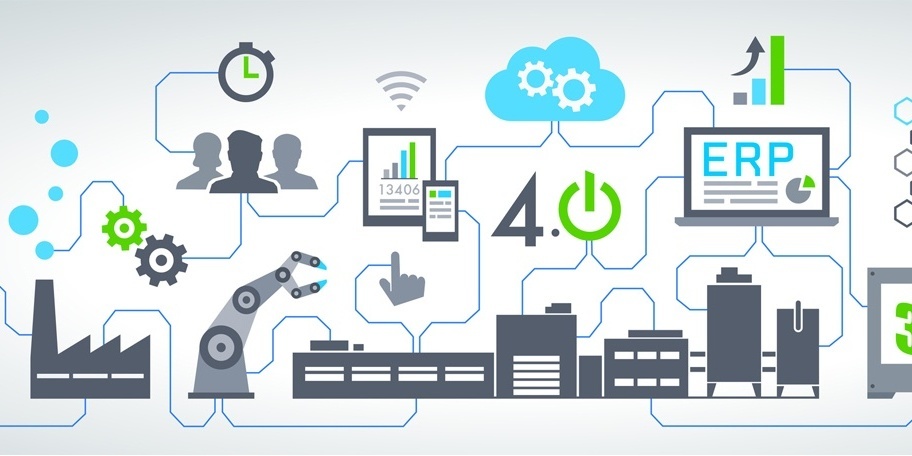
Dawn of the digital manufacturing world
By combining industrial production with modern information and communication technology, new manufacturing concepts are created. Kärcher is confronting these new challenges and is working with an assembly line which employs Industry 4.0 principles.

